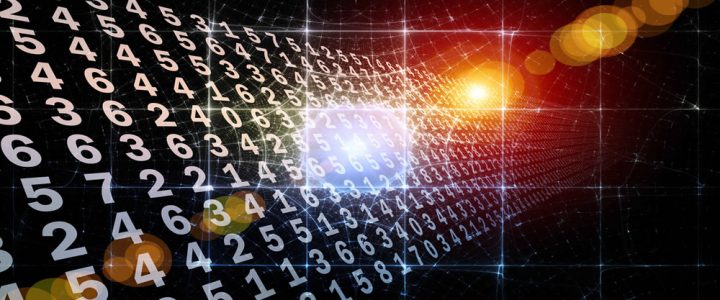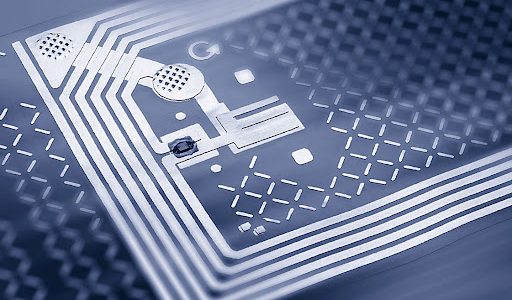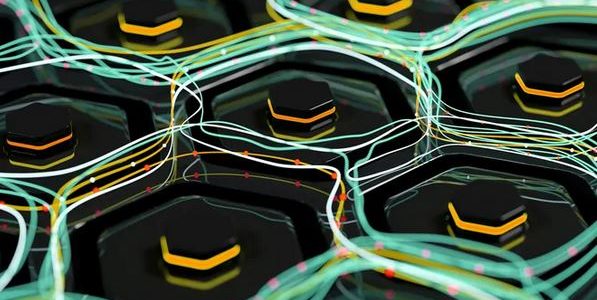| 1 YEAR | II semester | 6 CFU |
| Prof.
|
A.Y. 2025-26 |
| Code: 80300149 SSD: ING-INF/01 |
OBJECTIVES

| 1 YEAR | II semester | 6 CFU |
| Prof.
|
A.Y. 2025-26 |
| Code: 80300149 SSD: ING-INF/01 |
OBJECTIVES
| 1 YEAR (Block C2) |
II semester | 6 CFU |
| (from Mechanics) | |
| Prof. |
A.Y. 2024-25 |
| Code: SSD: ING-IND/32 |
| 2 YEAR (Block D) |
1 semester | 8 CFU |
| (from Mathematics) | |
| Prof. |
A.Y. 2025-26 |
| Code: SSD: INF-01 |
| 1 YEAR (Block D) |
1 semester | 8 CFU |
| (from Physics) | |
| Prof. Giuseppe DIBITETTO |
A.Y. 2024-25 |
| Code: 80300141 SSD: FIS/02 |

| 1 YEAR (Block D) |
1 semester | 6 CFU |
| (from Physics) | |
| Prof. |
A.Y. 2024-25 |
| Code: 80300139 SSD: FIS/05 |

| 1 YEAR (Block C) |
1 semester | 6 CFU |
| (from ICT Internet Engineering) | |
| Prof. Gaetano MARROCCO |
A.Y. 2024-25 |
| Code: 8039528 SSD: ING-INF/02 |
(prerequisite: ELECTROMAGNETIC FIELDS)

| 1 YEAR (Block C) |
1 semester | 6 CFU |
| Prof. Aldo DI CARLO | A.Y. 2024-25 |
| Code: 80300150 SSD: ING-INF/01 |
| 1 YEAR | I semester | 8 CFU |
| G. Dibitetto
|
A.Y. 2024-25 |
| Didatticaweb | |
| (from Physics)
Code: |
https://www.master-mass.eu/s1-mathematical-methods-for-physics/
| 1 YEAR | II semester | 6 CFU |
Eugenio Martinelli |
A.Y. 2024-25 |
| Didatticaweb | |
| Code: SSD: ING-INF/01 |
Description: The course, starting from the principles of deep learning, will bring the students to study, analyze, and use all the main DL algorithms in different application scenarios. During the course, theory lessons will also be coupled with practical sessions where the algorithm will be applied to real data.

| 2 YEAR | I semester | 4 CFU |
| Speleers | A.Y. 2025-26 |
| Didatticaweb | |
| (from the Mathematical Department)
Code: 8065938 |